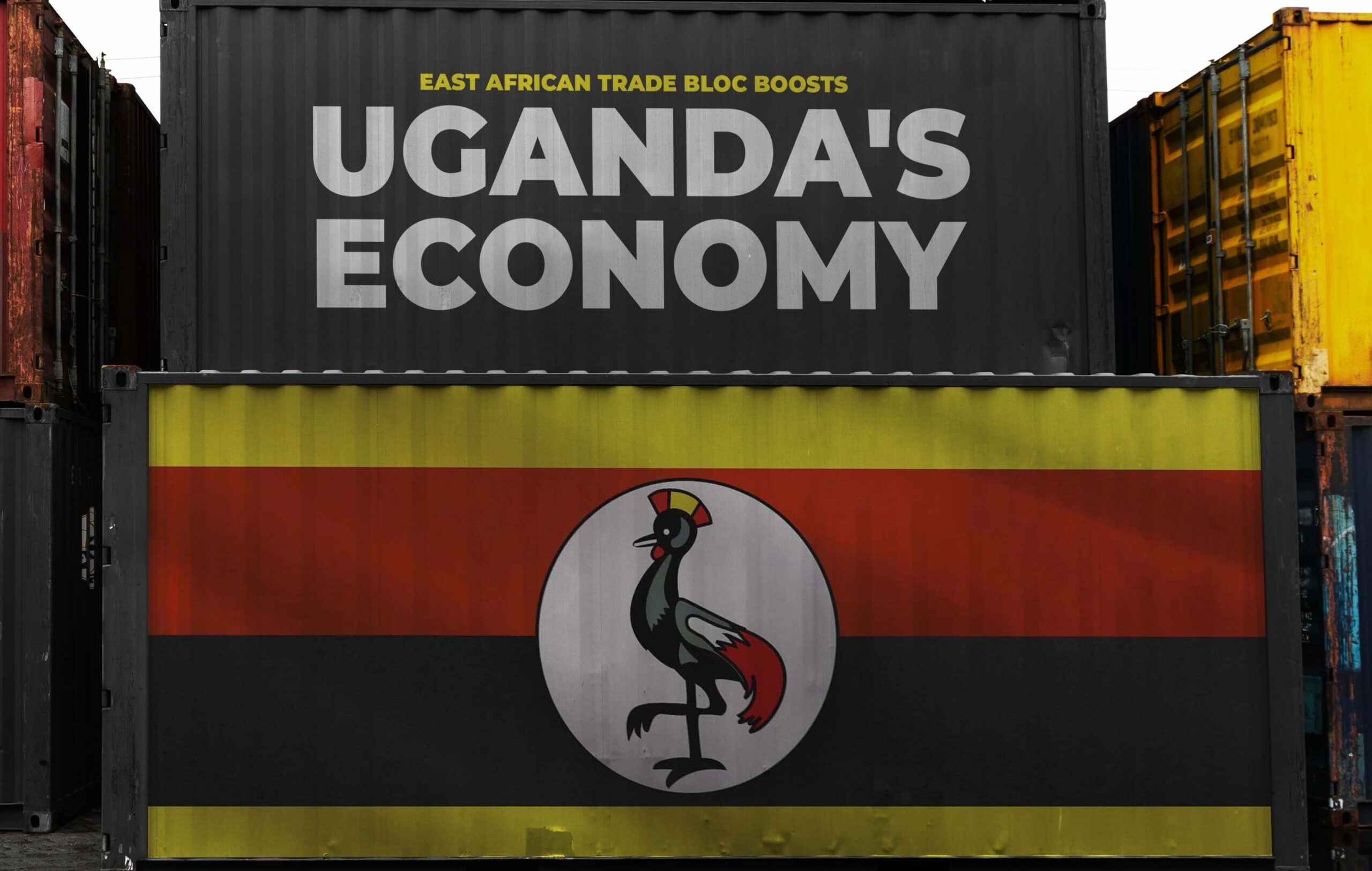Uganda is making the most of regional trade partnerships to weather global economic challenges and achieve sustained economic growth.
According to the Ministry of Finance, Planning, and Economic Development’s “Performance of the Economy” report for March 2023, the East African Community (EAC) has been crucial in driving Uganda’s economic progress.
In the report released on April 17, 2023, the ministry reveals, “EAC remained the top destination of Uganda’s exports in February, accounting for 54.4% of total exports for the month.”
Exports to the European Union comprised just 15.4%, with only 11.3% going to Asian countries.
Although intra-African trade remains relatively low in Africa – less than 15% according to UNECA – Uganda is making strides in this area.
In the past, the East African nation had not participated significantly in intra-African trade, as highlighted in Afreximbank’s 2022 Africa trade report, which recognises countries such as South Africa, Congo Republic, and Nigeria as major contributors.
However, Uganda’s economy grew by an impressive 6.8% in the first half of the 2022/2023 financial year – significantly higher than the 3.7% registered in the same period the previous year – and regional trade has played an important part, according to the ministry.
The Ministry of Finance, Planning and Economic Development expects the economy’s growth rate to surpass 7% in the next three months, increasing the likelihood of hitting the projected economic growth rate of 5.3% by the end of the fiscal year in June.
Uganda’s success can be attributed to its efforts to diversify the economy beyond coffee. Uganda earned more export revenue through exporting gold, fish, tea, and cotton.
Based on a range of indicators, this growth trajectory is expected to remain consistent, with the Purchasing Managers’ Index and Business Tendency Index – which assesses economic trends in the manufacturing and service sectors – actually increasing in March.
The PMI indices increased from 51.2% in February to 53.2% in March, facilitated by consumer demand, increased output by firms and stable economic conditions, while the Business Tendency Index, which covers the manufacturing, construction, retail and trade service sectors, also improved in March, from 52.3% the previous month to 54.7%.
However, like many African countries, Uganda faces significant financial sector challenges, including the depreciation of the local currency against the US dollar.
The report notes, “The Ugandan Shilling depreciated against the US Dollar by 1.6% from an average of 3685.7/USD in February to 3744.52/USD in March.”
In addition to the global civil and political challenges, the value of merchandise exports dropped between January and March from $404.46 million to $349.44 million.
Despite these challenges, the International Monetary Fund’s Regional Economic Outlook for Sub-Saharan Africa for 2023 projects that Uganda’s real GDP growth will increase to 5.7% in 2023.
bird story agency






